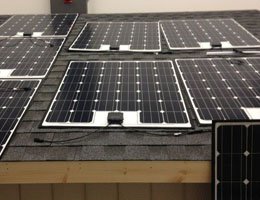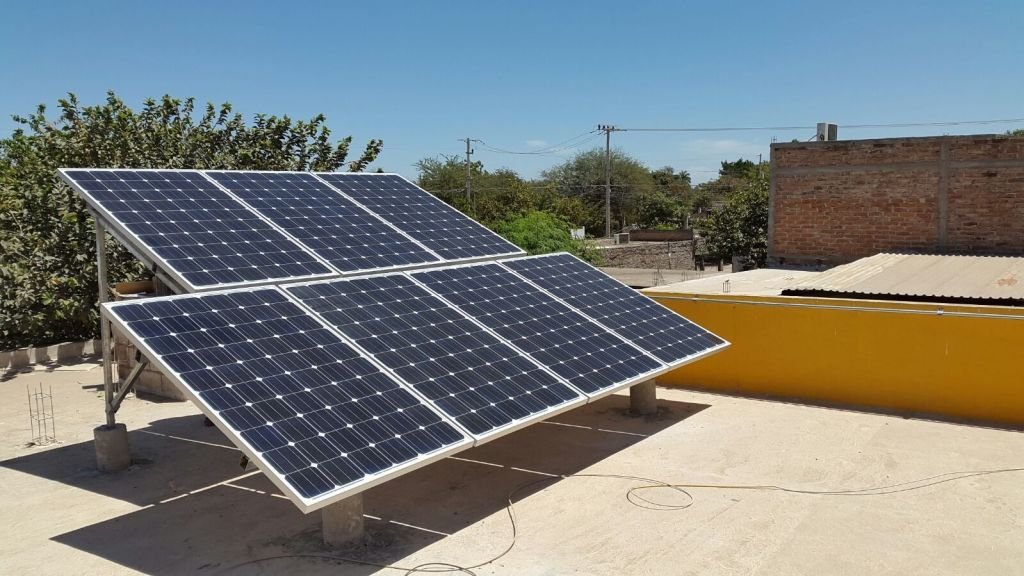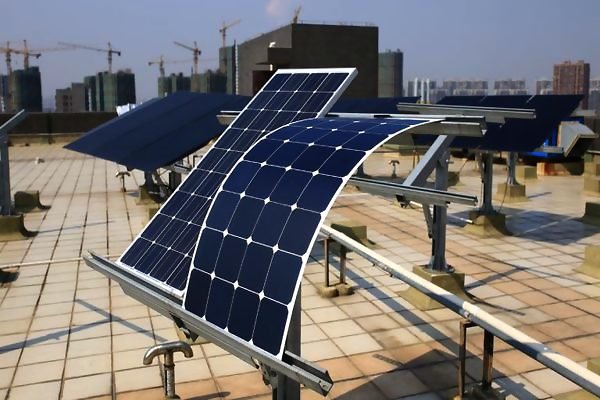
What is the definition of photovoltaic solar panels
In this article we will analyze what is photovoltaic solar panels definition,
A panel can be a module that, added to others of its kind, is part of a structure. Solar , on the other hand, is an adjective that is applied to that related to the sun .
What is the definition of photovoltaic solar panels
The same name “photovoltaic” allows us to understand the meaning and operation of these solar panels. This word is composed of the term “photo”, which is light, and “voltaic”, which is derived from the inventor of the electric battery, Alessandro Volta.
Therefore, they should not be confused with solar panels that produce sanitary water. Photovoltaic panels are a type of solar panels dedicated exclusively to the production of electricity.
A solar panel , in this way, is an element that allows to use the sun’s rays as energy . What these devices do is to collect the thermal or photovoltaic energy of the star and turn it into a resource that can be used to produce electricity or heat something.
One kind of solar panel, therefore, is the one used to heat water . These devices have a plate that receives the solar rays, pipes that allow the circulation of the water and a deposit that stores the thermal energy. Through a pump, the already hot water is distributed through the pipe.

The solar panels that allow generating electrical current have several cells or cells that take advantage of the so-called photovoltaic effect. This phenomenon consists in the production of negative and positive charges in semiconductors of different kinds, which allows to give rise to an electric field.
The cells of these solar panels can be constructed with silicon or gallium arsenide . To function, they must be in direct contact with the sun’s rays. Thanks to solar energy produced by this type of panels, it is possible to mobilize a car to cook food or light an environment.
Germany , Italy , Japan and the United States are among the countries with the largest number of solar panels installed and, therefore, with the greatest capacity to generate solar energy.
Self-installable solar panel

The Fraunhofer Research Foundation of Chile, a fusion between the efforts of German and Chilean scientists to achieve important advances in various fields, is responsible for having created the most powerful photovoltaic cell and at the end of 2014 announced that it was working on a project of self-installing solar panels.
It is a Sustainable Energy research that seeks to facilitate the installation process and lower costs, allowing each person to acquire and place their own solar panel. It is one more step in the direction of a reality in which all the citizens of the planet opt for a clean and respectful energy.
This project is still in the testing stage although it is based on the work that has been done for years in the field of solar panels. More specifically, the Fraunhofer Center seeks to make use of its revolutionary photovoltaic energy cell developed in 2013.
In the words of Cristian Hoepfner, current director of the foundation, part of the cost of installing a solar panel corresponds to the wiring, tools and infrastructure necessary for its assembly; The average time used by qualified personnel to install a solar panel is 26 hours, which must be divided in two or more days, something that makes the work even more expensive. In addition, it is not usually enough with an operator, but usually involve people from various specialties.
The assembly of a self-installable solar panel can take little more than a third of the time necessary for a traditional one, which requires the intervention of specialized personnel, and cost less than a third. All this is mainly due to the flexible, adaptable and self-adhesive structure that will be the basis of this revolutionary product.
It is worth mentioning that the greater ease at the time of installation will not make this solar panel a lesser alternative ; on the contrary, it will offer the option of joining it to the electric network to obtain energy from both sources simultaneously, and will also serve to power electric vehicles, among other possibilities.






